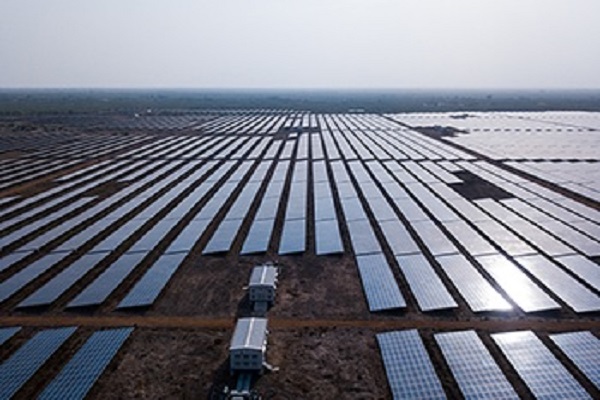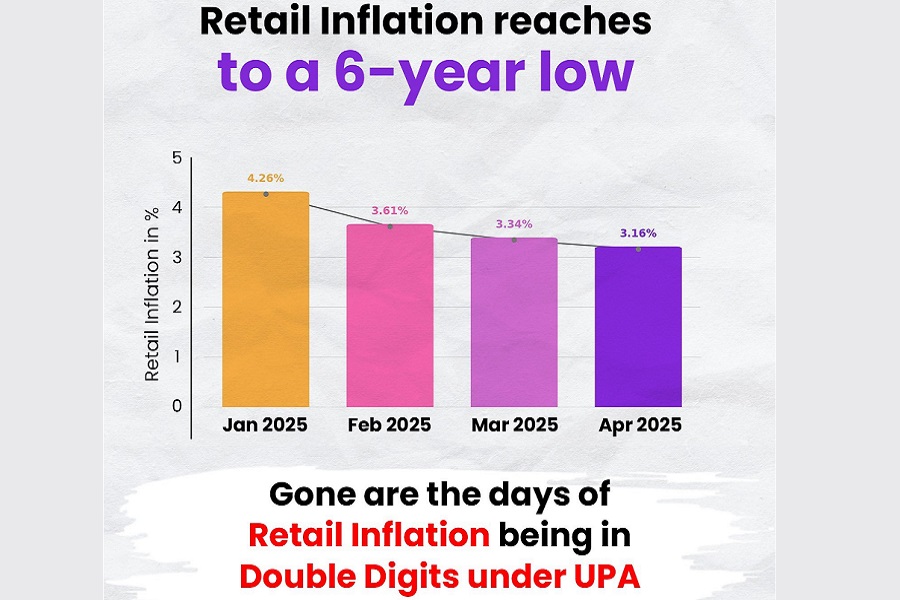OPEC Oil Output Rises in February as Iran, Nigeria Boost Supply by Amit Gupta, Kedia Advisory

OPEC’s oil production rose by 170,000 barrels per day (bpd) in February, reaching 26.74 million bpd, according to a survey. The increase was driven primarily by Iran and Nigeria, with Iran producing 3.30 million bpd—its highest level since 2018—despite renewed U.S. efforts to curb its exports. Nigeria exceeded its OPEC+ target by 70,000 bpd, aided by increased exports and domestic refining. Meanwhile, Saudi Arabia and Iraq maintained output below their targets. OPEC+ continues production cuts until March but will begin raising output in April. The survey, based on multiple tracking sources, found no significant declines in output last month.
Key Highlights
# OPEC oil production increased by 170,000 bpd in February.
# Iran’s output rose to 3.30 million bpd, its highest since 2018.
# Nigeria exceeded its OPEC+ target by 70,000 bpd.
# Saudi Arabia and Iraq maintained output below their targets.
# OPEC+ plans to start increasing production from April.
OPEC’s oil production saw a notable rise in February, increasing by 170,000 barrels per day (bpd) to reach 26.74 million bpd, according to a Reuters survey. The price of crude oil remained relatively stable despite the increased supply, as market participants balanced concerns over global demand and geopolitical risks.
The biggest contributor to the production rise was Iran, which pumped 3.30 million bpd—the highest since 2018. This came despite renewed U.S. efforts to curtail Iranian oil exports. Nigeria followed closely, exceeding its OPEC+ target by 70,000 bpd, thanks to increased exports and refining activities at the Dangote refinery. Meanwhile, Saudi Arabia and Iraq saw slight fluctuations in production but remained below their OPEC+ quotas.
OPEC+ is maintaining its production cuts until March, reflecting cautious demand expectations and increased non-OPEC supply. However, the group confirmed plans to raise production starting in April, a decision influenced by global economic conditions and market stability. The survey, compiled from multiple data sources, found no major production declines within OPEC nations.
Market observers will closely monitor OPEC’s next moves as geopolitical tensions and global economic factors continue to impact oil prices. While production is set to increase, demand uncertainties could influence future adjustments.
Finally
OPEC’s February production rise signals resilience amid geopolitical pressures. With planned increases in April, market stability and demand trends will determine the next phase of global oil dynamics.
Above views are of the author and not of the website kindly read disclaimer



.jpg)




















